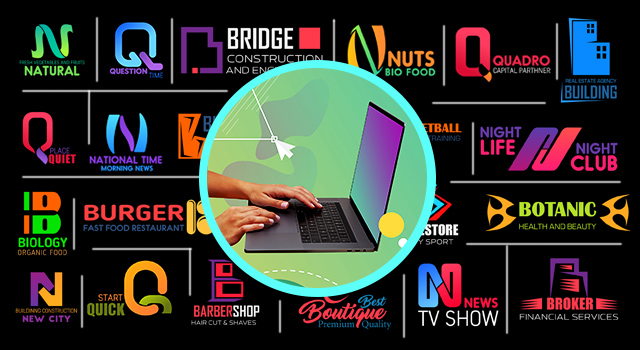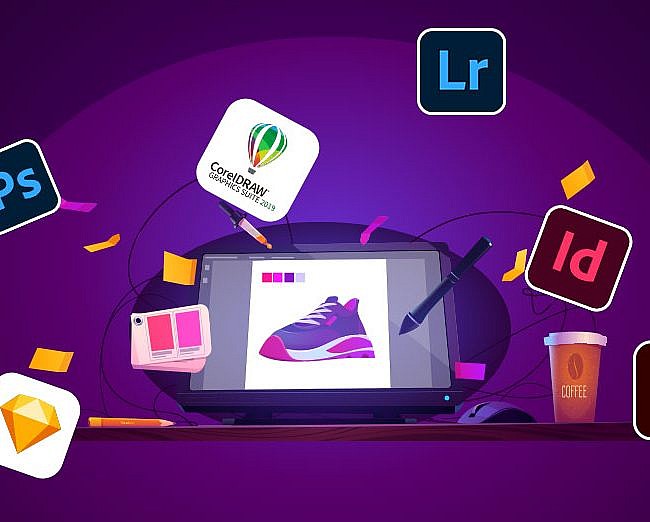It doesn’t matter what industry your business operates in; your brand designs are a representation of your company’s values, messages, products and services, target audience, and people. In fact, 80% of people believe color is a major factor in brand recognition, and that’s just the tip of the design iceberg.
Design is a crucial component in running a business, especially when the majority of organizations today have an online presence. Your business needs to stand out amongst your competitors with original designs across all of your brand assets, but it can be challenging to understand how to get the best when you outsource the projects to a design firm.
Design is extremely complex, and there are many facets that go into choosing a design firm that’s right for your business.There is a science to designing, and a best-in-class design firm understands how to package your business into a design model that perfectly aligns company values, target audience, design objectives, and brand identity into a cohesive and thoughtful design.
But before a design firm can deliver, they must first understand your design project, expectations, and goals to get the best that aligns with your objectives.

Setting Expectations: What to Anticipate from a Design Firm
A great design firm is going to understand key elements in the design process to make your brand stand out, which encompasses everything from artistic schemes to popular marketing strategies.
A design firm should be expected to understand the following before delivering on designs:
- Brand Message: Your design needs to represent yourself to your customers and tell the story of your brand message. Your business is unique, and a great design firm knows how to make your brand message clearly stand out in the clear language of design.
- Industry Type: Are your business in B2B healthcare, and you need to sell medical supplies to hospitals and institutions? Are you an entrepreneur and speak frequently at public events in the financial sector? A design firm should understand the design themes and trends surrounding specific industries to better establish an effective, impactful design.
- Target Audience: Your customers are anticipating that your design concepts coalign with their expectations of your value proposition and your products and services. An effective design firm should understand that your brand designs can’t stray too far from what customers are accustomed to seeing in your competitor’s designs, but they also have to stand out enough to differentiate yourself as a unique entity.

Importance of Design Brief
A design brief acts as a foundation for your design project, outlining the entire scope of your project in great detail. And like any strong foundation, it will support your design by acting as the pillars that strengthen your project with design benchmarks, building a framework for managing design expectations and milestones.
Let’s take a look at some elements of a good design brief and discover why they are an integral framework to design projects:
- Project Management: Brief, but detailed description of required actions and deliverables from the design firm. It should describe the specific task, your ideas, pain points, and the design objective.
- Project Scope: More explicit descriptions can be utilized here, including your expectations, and the design’s expected utility and features.
- Define Objectives: This section should contain the various objectives, including business objectives, sales, and marketing objectives, communication objectives, results, and UI and UX objectives. This helps design firms better understand if there might be any potential design limitations that may not align with their client’s objectives, and establish KPIs and metrics for project success.
- Target Audience: As with any project in any domain, it’s critical to know your target audience and design with them in mind. Your customer or user personas need to be well defined so your design firm can design around them, particularly for UX specific projects.
- Style and Theme: This might be highly detailed with very specific ideas or just a few general points on colors or style preferences.
- Budget: This helps estimate resources and determine that the design firm can truly deliver what you need while staying within your budget. It might also help the design firm offer alternative design routes if your budget is too minimal for your expectations.
- Deliverable Timeline: As straightforward as it sounds, basically the progress milestones and final delivery dates, which must be established in advance to ensure both parties are acting on clear expectations.

Evaluating Designs and Requesting Changes
Let’s say that your design project is now underway. At this stage, it’s time to compare the current design with what you, as the client, had in mind.
It’simportant to be objective right now and take the needs of your business into consideration, but also remember that a great design firm will take some liberties as artists. These designs may or may not work, so it’s also important to know how to ask for change requests.
Evaluating Designs
You can use your Design Brief that we discussed in the previous section as a guideline to evaluating designs:
- Check the Opinions of Everyone Involved: The first thing you should check is if the design fits the mold of what all your team members are looking to create. The thoughts and opinions of your team members are crucial because they know your brand better than anyone, and understand what you are trying to achieve.
- Think About Your Customers: Nobody understands your customers better than you. Your design needs to embrace what your target audience expects of you as a brand.
Requesting Changes and Get the Expected Output
Requesting changes from your design firm is all part of the process. A great design firm expects that there will be some back and forth communication before arriving at the expected outcome.
- Ask Questions: Remember that the design firm you chose truly understands art, design, and brands. They might create a design that looks or feels different in certain respects than what you had in mind. It’s important to ask the designer “why” they made a certain choice instead of outright rejecting it or asking them to modify it. The chances are that the artistic choice was intentional, and asking about the reasoning behind that choice might lead to better understanding.
- Document Your Requests: You have to be able to communicate your design needs to the designer in a way they understand. Document the comments and notes from yourself and your team members. You can even make a quick screen share recording and talk about your desired design elements.

Trends-Driven Approach Meeting the Client’s Objectives
Artwork Adobe’s (AWA) experienced designers work with businesses, entrepreneurs, and studios all over the globe, producing creative designs meeting the clients’ objectives. With a vast range of design services such as graphics design, storyboarding, illustration, and more, AWA’s artworkers are adept at visualizing the designs while adapting to the global trends.
As an innovative design firm, we provide designs using the latest artistic styles and techniques to ensure that our clients have the best presentation of their brand, products, and services on the web. To learn more about our services, andto establishyour brand as a recognizable, memorable commodity in the minds of the customers, contact us today.
– Artwork abode
Disclaimer:All the product names, logos, trademarks, and brand names are the property of their respective owners. All the products, services, and organization names mentioned in this page are for identification purpose only and do not imply endorsement.
Artwork Abode



